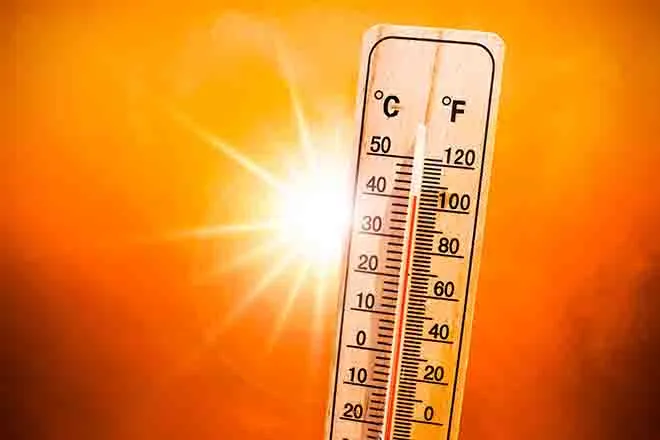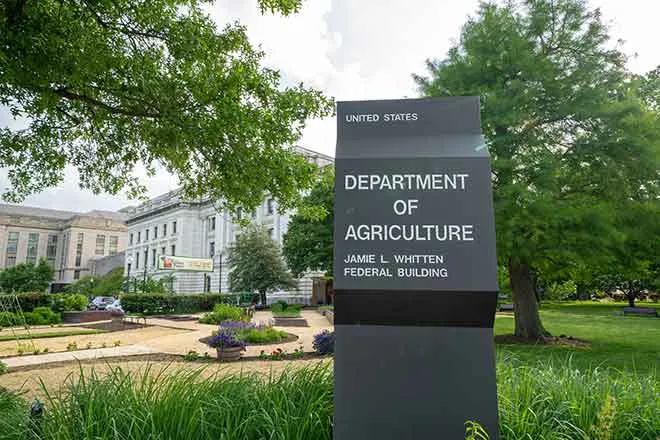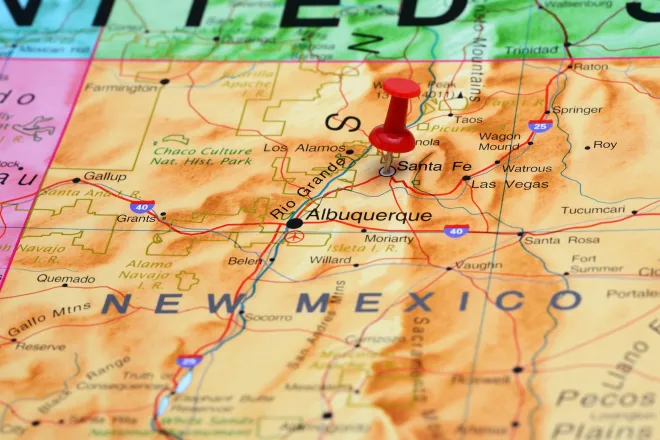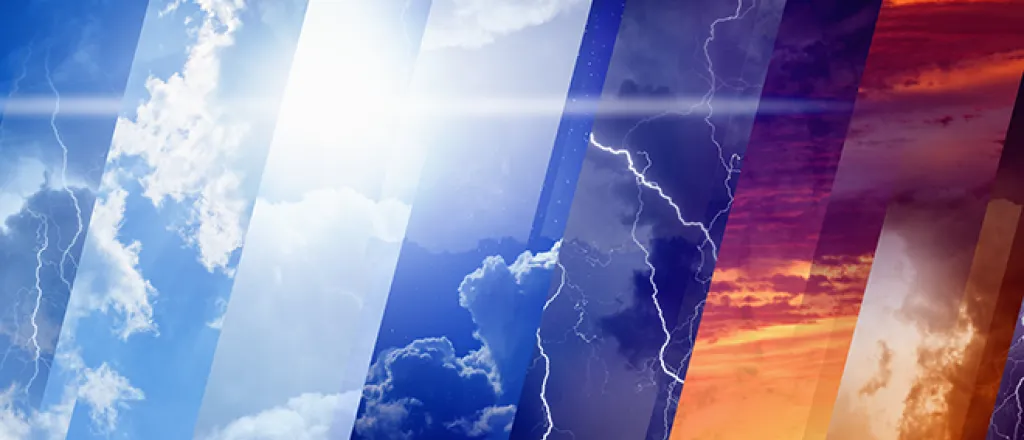
Preparing South Dakota for likelihood of more extreme weather events
Click play to listen to this article.
South Dakotans continue to clear damage from last week's intense storms, including a handful of tornadoes.
The state's climatologist said changing weather patterns mean residents are likely to see more such activity in the future but there are ways to minimize harmful effects. Scientists continue gathering evidence linking climate change to extreme weather events.
Laura Edwards, state climatologist at South Dakota State University Extension, said hotter temperatures hold more moisture in the air, producing heavier rain showers and giving storms more energy to whip up winds.
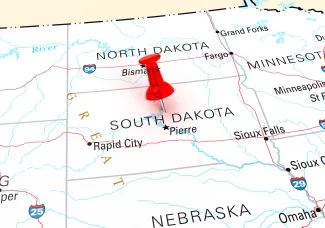
"That's very consistent with the pattern that we see with a changing climate going into the future, with maybe fewer days of tornado activity," Edwards explained. "But those days that we do have tornado activity, you see more tornadoes on those days."
Edwards added in between, expect longer stretches of hotter, drier weather which fuels extreme drought. She stressed the importance of educating landowners, especially farmers, about best management practices to prevent runoff from a heavy storm and hold water in the soil. Improving drainage around a home, with strategies like a rain garden, is another preventive measure.
For extreme heat, Edwards urged people who work outdoors to think ahead about what climate patterns mean for them. She noted there are already signs the labor force is making adjustments.
"For outdoor workers, we've seen a lot of preventative measures being taken more recently, where they're much more aware of heat stress," Edwards pointed out. "In summer, they will take mandatory water breaks."
She observed an earlier start to the workday is another recognition outdoor workers increasingly have to contend with extreme heat. The Environmental Protection Agency said climate change might also result in longer and more severe pollen seasons for allergy sufferers. For example, the ragweed season in the Northern Plains is now 10 to 21 days longer than it was in 1995.



